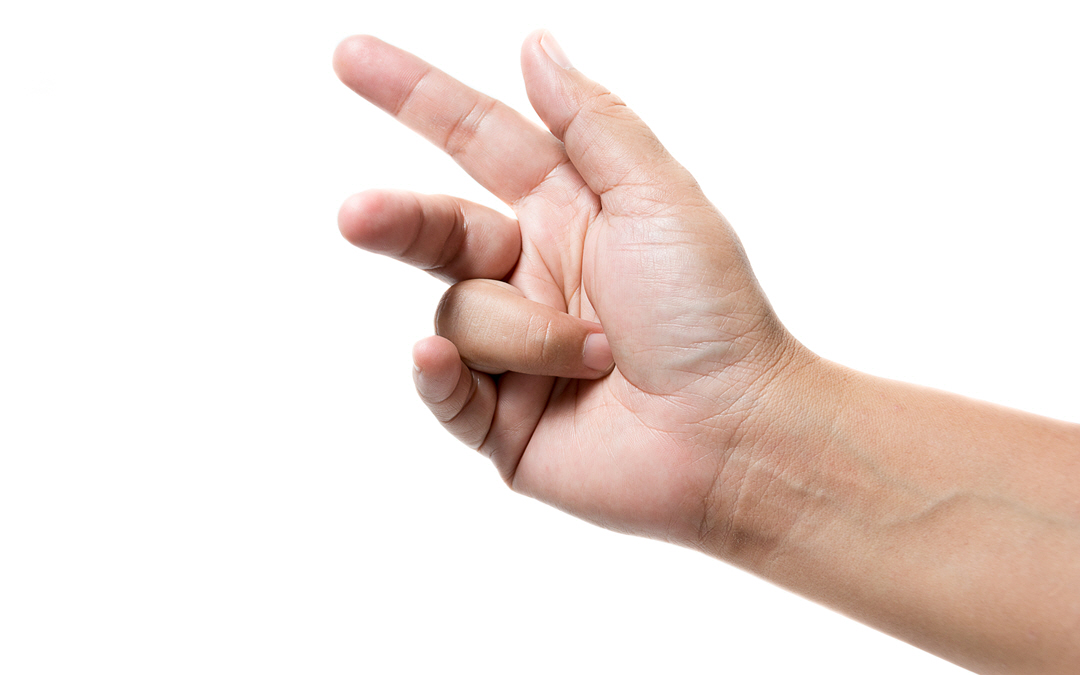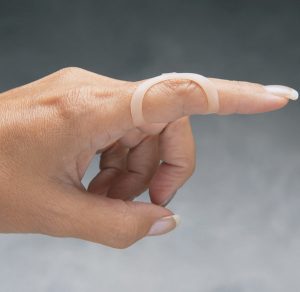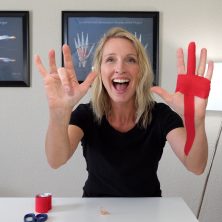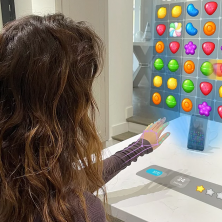According to the American Society for Surgery of the Hand (ASSH), stenosing tenosynovitis is a condition commonly known as “trigger finger.” If it occurs in the thumb then it is called “trigger thumb”.
Normally, our fingers bend with the help of a pulley system. There are several pulleys along the length of our fingers and thumb.
When we make a fist, the tendons in our fingers glide easily with the help of pulleys. These pulleys hold the tendons close to the bone. This is similar to how a line is held on a fishing rod. If the pulley becomes too thick or inflammed, the tendon becomes ‘stuck’ as it tries to pass through the first pulley. Hence, causing a ‘pop’, ‘catch’, ‘snap’, ‘ or ‘lock’.
Here is a helpful video from ASSH, showing the trigger finger signs and symptoms.
This may seem overwhelming however, it is a much cheaper option than surgery. Often a combination of anti-inflammatory diet, medications (prescribed by your doctor of course), massage, and splinting can help treat your trigger finger. However, as always, consult with your doctor.
This little injury is getting in the way of everything. You use your hands all day…am I right?
If you have found this article helpful, do us a favor and share on our social media channels!






